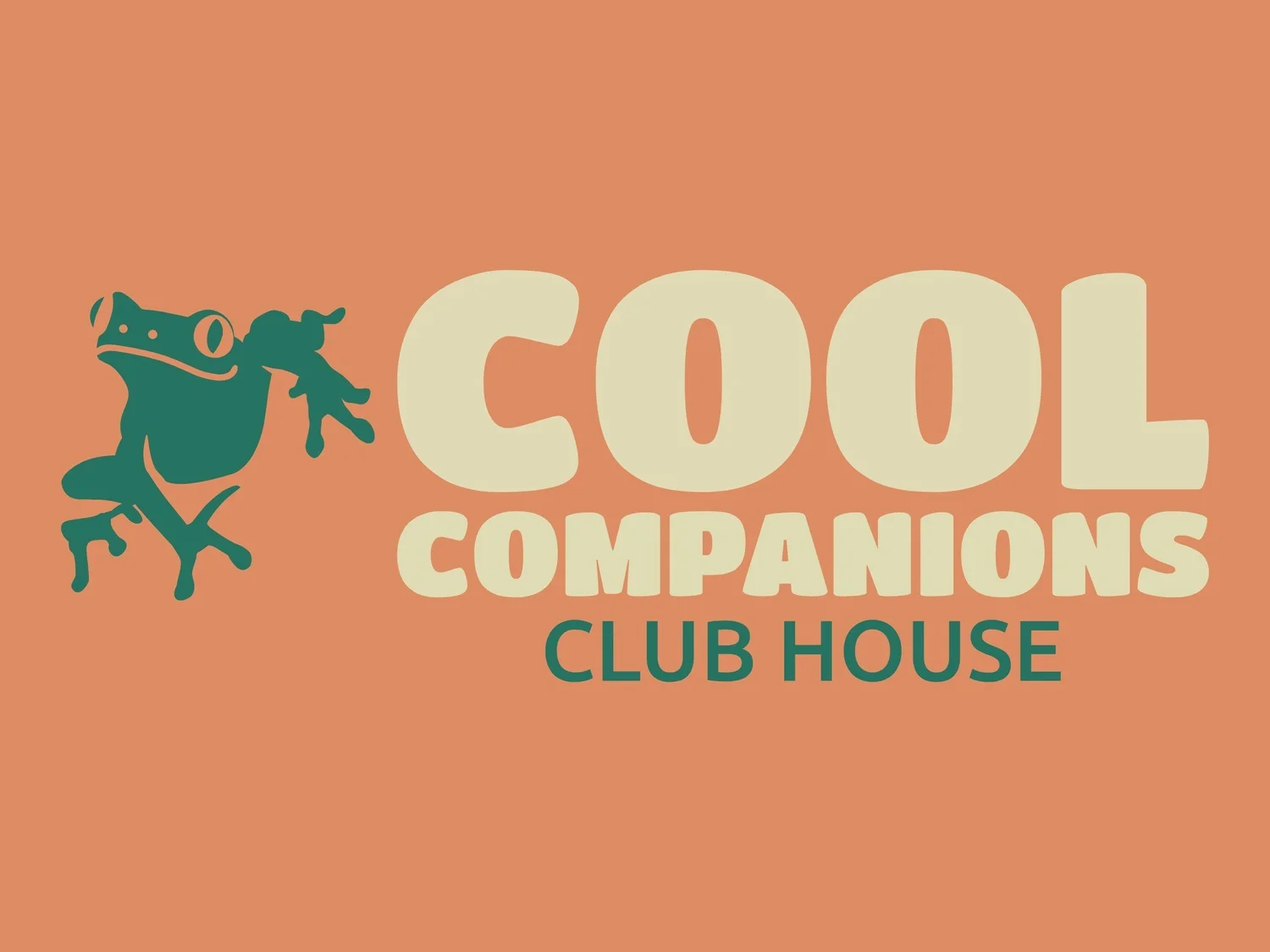Green tree frogs are one of the most popular pet frogs.
These are just fantastic and enchanting-looking creatures. With there harmless nature and distinct characteristics, there's no doubt many people are having them as pets. Although they are a least concern for extinction, these major amphibians deserve proper care and attention for reproduction and preservation.
Characteristics and Behavior
Like other tree frogs, the Green Tree Frog (also known as Australian Green Tree Frog, White's Tree Frog, or Dumpy Tree Frog) has toe discs on the tips of its toes and fingers. The fingers and toes have large expanded discs on the ends and the toes are fully webbed. A pair of large partoid glands extend back from the eye on to the shoulders. Their thighs varies from yellow to maroon and the eye is a pale gold.
Their skin is smooth and is bright green to a dull gark olive green in color on top and the underside colour can vary from white through to brownish white or pinkish. They normally have a series of white spots from the corner of their mouth to the base of their forearm.
Green Tree Frogs can grow to 10 cm (4 inches) for females, while males are a little smaller at 7.5cm (3 inches). Largest known size is 6in/15cm. They live up to about 16 years.
These tree frogs are wonderfully curious and have definite individual personalities and antics. There are quite big ones and also tiny little ones that stick to the surface and often look longingly in a certain spot.
Like many frogs, Green Tree Frogs call and make "warking" sounds not only to attract a mate. They have also been observed calling to advertise their location outside the mating season, usually after rain, for reasons that are even uncertain to researchers.
Diet
 The tree frog's diet includes spiders, crickets lizards, other frogs and cockroaches and, when in captivity, it will even eat small mice.
The tree frog's diet includes spiders, crickets lizards, other frogs and cockroaches and, when in captivity, it will even eat small mice.
Green Tree Frogs can also feed on insects, small birds and even small mammals like mice and bats. It catches its food with its strong jaws and often will use a hand to force the food down.
Habitat
Green tree frogs live in many habitats and is often found around human buildings such as shower blocks, water tanks and toilets. Although they adjust well to human habitation, their natural habitat which are on ponds, creeks and trees are more suitable for there biological nature. It is alarming however that these natural habitats are slowly disappearing because houses are being built on land that has been cleared.
The green tree frog is distributed through the eastern and northern parts of Australia. It prefers cool damp places and, particularly in more arid areas, and will often use human habitation for shelter.
Reproduction/Conservation
The main danger to the green tree frog is the destruction of its habitat through wetland clearance and drainage. Also a disease has become an important threat, particularly a type of fungus called a chytrid fungus that attacks the frog's skin.
Researchers are currently examining the effects and spread of this pathogen very closely as it appears to have caused the decline of several species of frog both in Australia and South America. Green Tree Frog as Pets
 Before deciding to adopt them into your yard, it is important to consider some vital things:
Before deciding to adopt them into your yard, it is important to consider some vital things:
Don't overfed them. One problem commonly associated with keeping this species as a pet is overfeeding; Green Tree Frogs tend to become obese if overfed. In the wild, exertion of energy is required for a frog to capture its prey. Make sure they have enough space to explore.
They can make a lot of noise long into the night and setting up an ideal terrarium is one vital plan you should prioritise for them to survive and continue enchanting more people.

